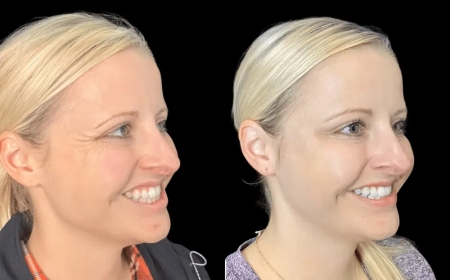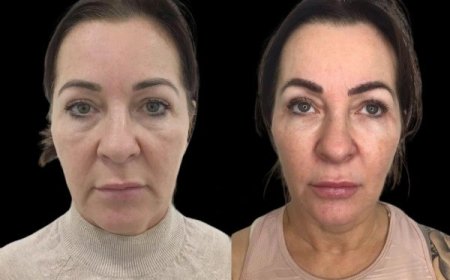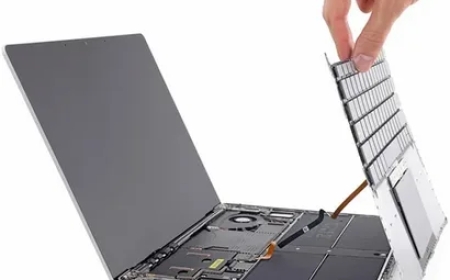When Should You Wear a Low Back Brace for Pain Relief?
Low back braces—or lumbar orthoses—can be powerful tools for managing pain, stabilizing the spine, and supporting recovery.

Low back bracesor lumbar orthosescan be powerful tools for managing pain, stabilizing the spine, and supporting recovery. But their effectiveness depends on when, how, and for how long they are used. Heres a breakdown:
? 1. During Acute Pain or Flare-Ups
When you're in the throes of a sudden back strain or disc herniation, a brace can:
-
Stabilize the spine, reducing movement that triggers pain
-
Unload pressure from muscles, joints, and discs
-
Enhance awareness of body posture (proprioception)
Real-world wisdom from Reddit:
Braces can be good for the short?term when you are in the acute phase of an injury your muscles need help or a rest.
????? 2. During High-Risk Activities
Engaging in heavy lifting, prolonged standing, or activities that strain your back? Wearing a brace during those moments helps reduce micro-movements and protect vulnerable areas .
One user shared:
When I need to be active ( chores ), a soft lumbar belt helps me get through it with less pain.
?? 3. Post-Surgery or Structural Injuries
Following spinal surgery, compression fractures, spondylolisthesis, or herniated discs, braces may be prescribed to:
-
Limit motion and support healing
-
Reduce micro-movements in injured vertebrae or discs
-
Stabilize spinal segments during vulnerability
Medical advice: rigid bracing often lasts 38 weeks post-surgery, depending on condition.
? 4. Only Short-TermAvoid Dependency
While braces offer immediate relief, prolonged use can weaken core muscles due to reliance. Experts generally recommend wearing braces:
-
Only during activities that provoke pain
-
For 46 hours per day max, and not continuously all day
-
Avoid overnight use unless prescribed
In the words of one Redditor:
Its the best thing for pain at least for me but prolonged use can weaken muscles.
????? 5. As Part of a Bigger Recovery Plan
A brace should complement, not replace, core strengthening, back exercises, proper posture, and physical or occupational therapy. Studies show bracing with PT led to 37% pain reduction in 3 months and 48% in 12 months, vs PT alone
? How to Use a Low Back Brace Effectively
-
Consult a professional to choose the right type (rigid, semi-rigid, or soft) and sizing .
-
Wear it during activity or flare-ups, not out of habit.
-
Limit durationaround 46 hours a day.
-
Pair with exercises like pelvic tilts, bird-dog, cat-cow, and core work
-
Wean off gradually to rebuild muscle strength.
Summary Table
|
Situation |
When to Wear |
Why It Helps |
|
Acute pain or flare-up |
During pain episodes |
Stabilizes spine, relieves pressure |
|
Risky tasks (lifting, standing) |
During activity only |
Prevents micro-movements that trigger pain |
|
Post-surgery or structural damage |
First 38 weeks post-event |
Supports healing, limits harmful motion |
|
Long-term use without plan |
Avoid all-day wear, nighttime use |
Prevents core muscle weakening and dependency |
|
Overall pain management |
With exercise and core strengthening |
Promotes recovery, long-term resilience |
? Final Takeaway
Wear a low back brace strategicallyduring painful flare-ups, high-risk activities, or as part of a post-injury protocol. Use it short-term and in moderation, while building your own strength and flexibility. This ensures you gain stabilization benefits without undermining your muscle health or recovery.
































